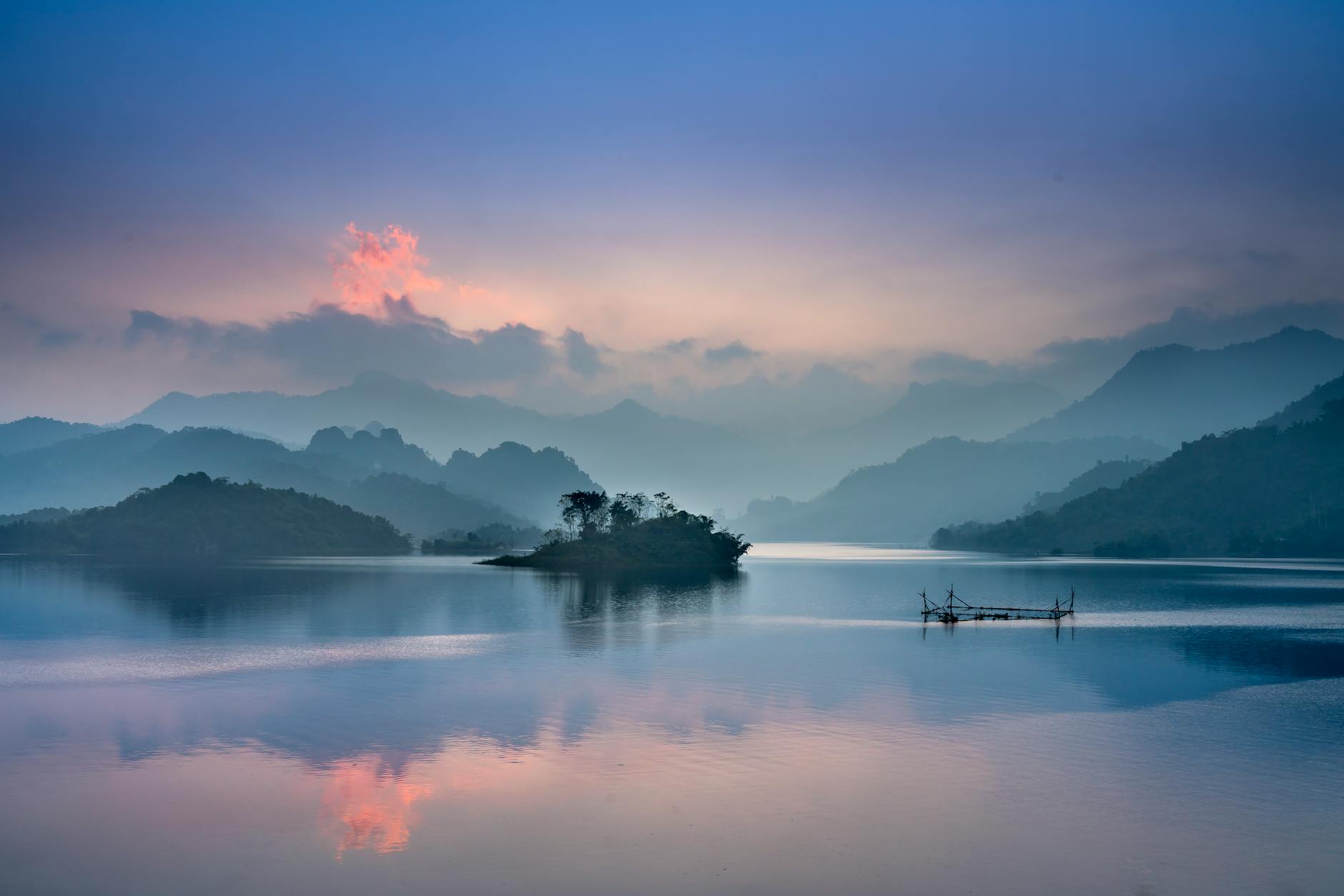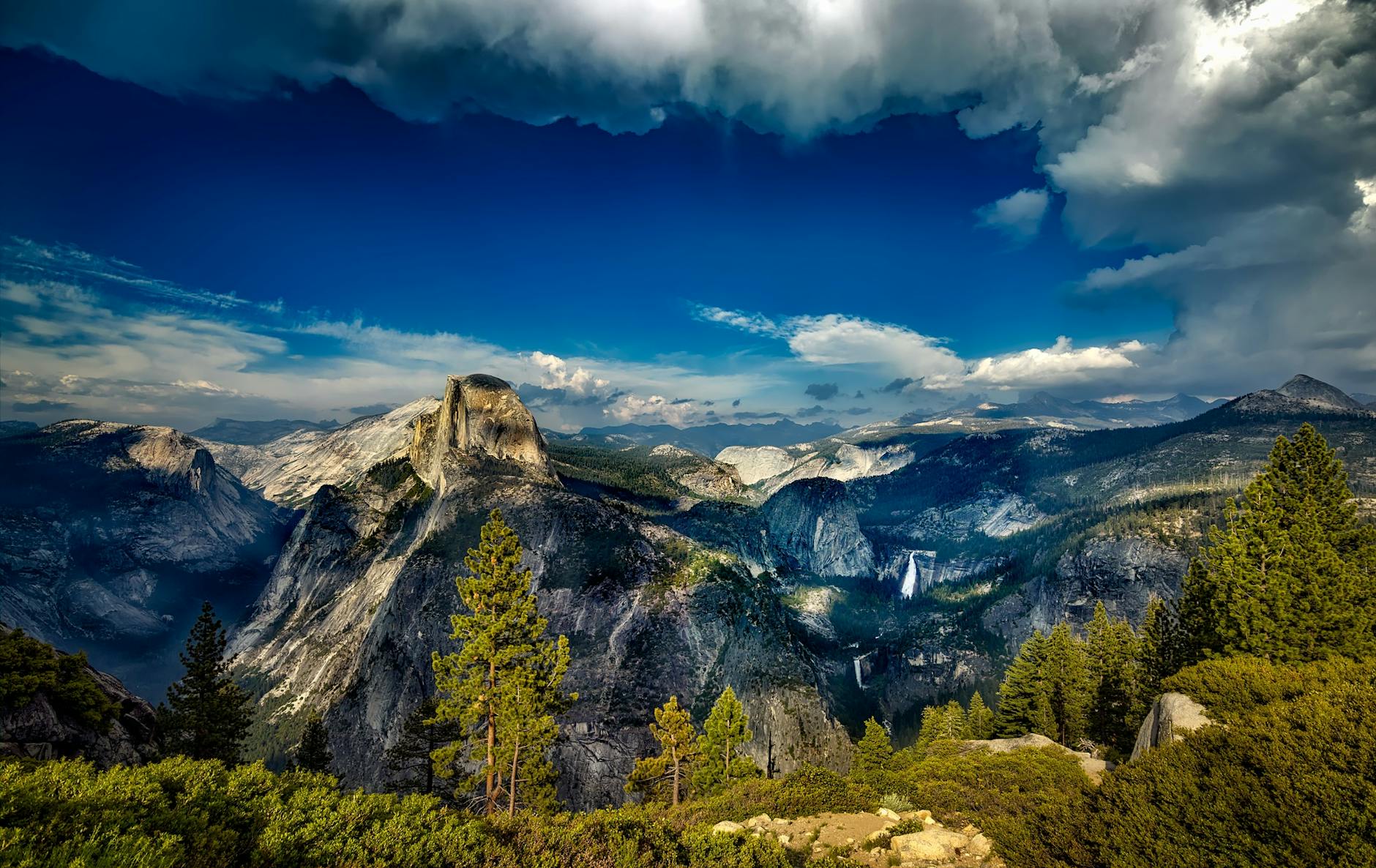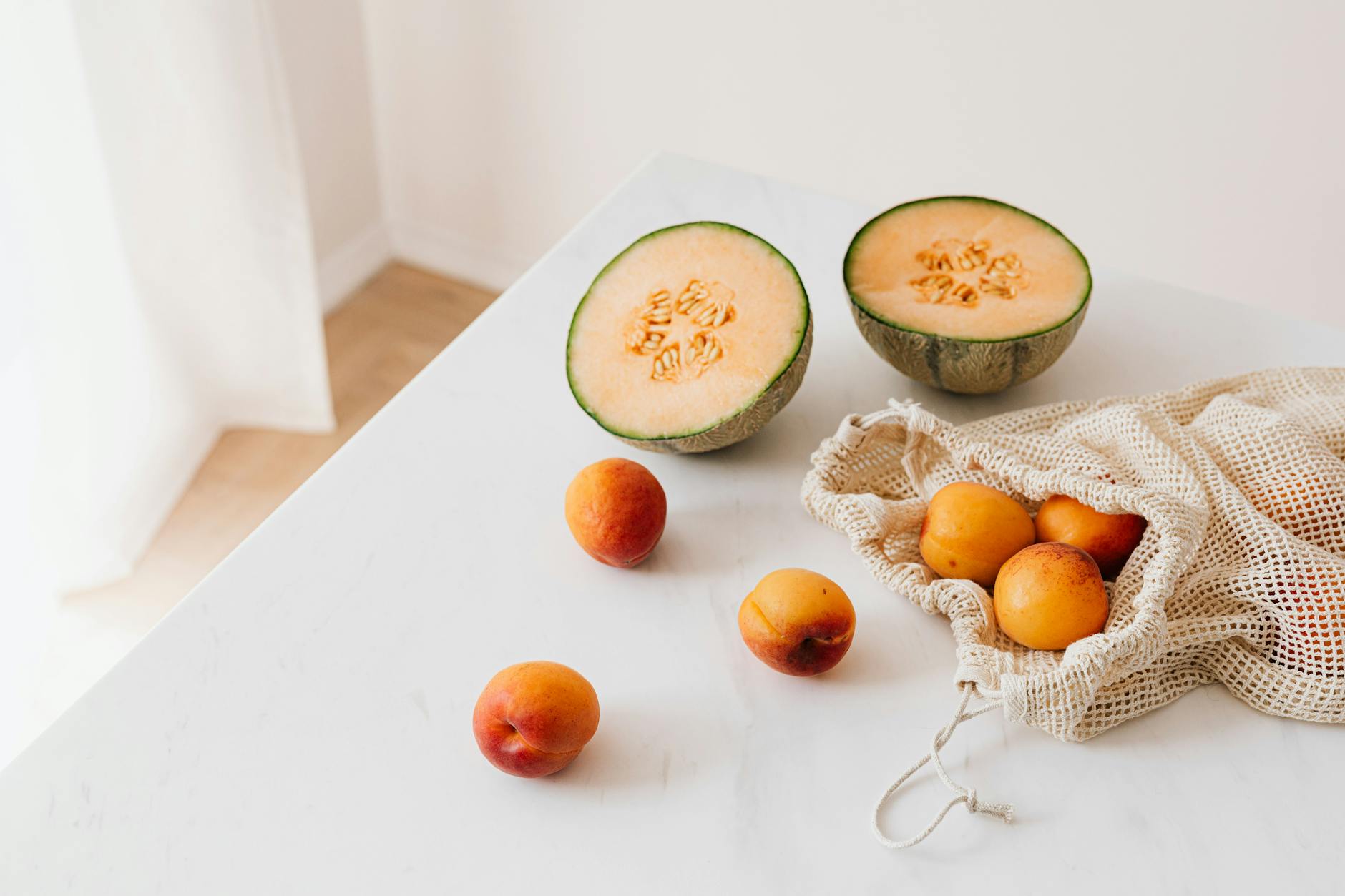What Makes Sunscreens in Australia Different and Eco-Friendly

Unique Australian Sunscreen Ingredients
Exploring sunscreen options that prioritise safety and sustainability is vital for anyone passionate about protecting the environment, especially those who enjoy outdoor adventures like me. As someone who delights in the scenic trails of Dandenong Ranges, I understand the necessity of using reef safe sunscreen to preserve our precious ecosystems. These sunscreens are designed to minimise their impact on marine life, making them an excellent choice for environmentally conscious explorers.
Zinc oxide is a standout component in zinc sunscreen formulas. Known for its ability to block both UVA and UVB rays, zinc oxide is a mineral-based ingredient that provides excellent UV protection without harming coral reefs. This ingredient sits on the skin's surface, reflecting sunlight rather than being absorbed, which means it’s less likely to cause skin irritation, making it suitable for sensitive skin.
Choosing products that align with sustainable values is a significant part of living an eco-friendly lifestyle. By opting for sunscreens that incorporate natural elements and innovative filtration technologies, we can help ensure our outdoor experiences remain harmonious with nature. I often find myself browsing the eco-conscious stores in Fitzroy, where I discover a range of alternatives that support a sustainable lifestyle. Incorporating these thoughtful choices into our daily routines helps protect our cherished green spaces, ensuring they thrive for generations to come.
Eco-Friendly Certifications
Recognizing Certified Eco Labels
As someone who frequently embraces the beauty of the Dandenong Ranges, I understand the importance of using environmentally responsible products. A great starting point is to look for eco-friendly certifications on items like kids sunscreen. These certifications ensure that the product has been rigorously evaluated for its environmental impact and sustainability. Key eco-labels, such as the Australian Certified Organic logo or the Eco-Cert seal, indicate that the product meets strict ecological standards. Spotting these labels while shopping at eco-conscious stores in Fitzroy can help ensure that your purchase supports a sustainable future.
Understanding Biodegradable Formulas
Biodegradable formulas in sunscreens are essential for those of us who often venture into marine environments. These formulations break down naturally without leaving harmful residues in water or soil. When your sunscreen washes off during a swim or a hike, it should have minimal impact on the ecosystem. By choosing biodegradable options, we are actively participating in protecting our green spaces, such as the Royal Botanic Gardens, and beyond.
Impact on Ocean Life
The harmful effects of conventional sunscreens on ocean life are well documented. Chemicals commonly found in these products can bleach coral reefs and harm marine creatures. Instead, opt for natural formulations that are free from oxybenzone and octinoxate, known contributors to coral reef damage. When we choose reef-safe options, we're not only preserving the vibrant underwater world for future generations but also demonstrating a commitment to sustainable practices in our outdoor adventures.
Sunscreen and Skin Health
Broad-Spectrum Protection Explained
When heading into the lush greens of the Dandenong Ranges, ensuring your skin's safety is crucial. Broad-spectrum protection in sunscreens is essential as it shields against both UVA and UVB rays. UVA rays penetrate deeply, accelerating skin aging, while UVB rays can cause sunburn. Using a natural sunscreen with broad-spectrum protection can safeguard your skin during prolonged outdoor activities.
Skin Sensitivities and Pediatric Formulations
Adventurers often overlook the importance of suitable sunscreen for sensitive skin, which can cause irritations or allergic reactions. Choosing a natural sunscreen, specifically designed with gentle, non-irritating ingredients, caters to those with sensitive skin types. Likewise, for families exploring Melbourne's eco-conscious stores in Fitzroy, seeking pediatric formulations ensures the safety of younger skin without harmful chemicals. These formulations often feature soothing botanicals and minimal preservatives, ideal for both adults and kids.
Tackling Common Allergens
For those enjoying green spaces such as the Royal Botanic Gardens, avoiding common allergens in sunscreens is crucial to maintaining a pleasant experience. Natural sunscreens eliminate synthetic fragrances and preservatives, often the culprits behind skin reactions. By choosing products that exclude these common irritants, you're not only protecting your skin but also embracing sustainable lifestyle hacks by reducing chemicals introduced into the environment. This careful selection benefits both your skin health and ecological well-being.
Best Practices for Outdoor Adventures
Application Techniques for Consistent Coverage
When spending time outdoors with families, ensuring that you apply sunscreen correctly is crucial to maximise protection for both adults and children. A smooth, even application is key. I usually recommend spreading a generous amount of baby sunscreen across the skin. Rubbing it in with circular motions ensures it covers every nook and cranny. For those tiny faces, be gentle yet thorough, reaching every part, including the tops of the ears and back of the neck.
Reapplication Tips During Activities
Active adventures call for mindful reapplication. Once you’ve applied sunscreen, natural elements like water and sweat will gradually lessen its efficacy. My routine involves a simple timer set on my phone to remind me to reapply sunscreen every two hours. For families exploring the scenic trails of Dandenong Ranges, this means you can soak in the views without worrying about inadequate protection. It's particularly important to reapply after swimming or excessive sweating.
Storage Recommendations in Extreme Conditions
Australia's outdoors can be both fascinating and intense, so storing sunscreen properly can save you unnecessary hassle. High temperatures can break down the sunscreen's active ingredients, reducing its effectiveness. I make it a point to store my sunscreen in a cool, shaded area, perhaps in a backpack or insulated box. This way, I ensure the product remains in top-notch condition, ready for the next application whenever the family and I need to reapply.
Navigating Sunscreen Missteps
Misunderstanding Label Claims
With a growing wave of environmentally conscious products, it's crucial to decipher what's hype versus what's genuinely beneficial. Many sunscreens boast complex label claims which can sometimes mislead even the most mindful consumer. For example, terms like "all-natural" or "reef-safe" might not always align with stringent eco-friendly standards. Instead, seek certifications from reputable organizations and focus on ingredients native to the Australian landscape, such as Kakadu plum or tea tree oil, which flourish in local habitats like the Dandenong Ranges. By engaging with eco-conscious stores in Fitzroy, you can discover products that truly resonate with sustainable ideals.
Shortfalls in Application
A common error in sunscreen use is under-application. To ensure effective protection during your hikes or cycling escapades through Melbourne's green spaces, apply at least a teaspoon of sunscreen for each limb and the face. This technique will provide holistic coverage against harmful rays. Equally vital is reapplication, especially when sweating during an outdoor workout or pausing for a picnic in the Royal Botanic Gardens. Make it a habit to carry sunscreen in an easily accessible spot, such as your backpack or bike pouch, to foster both convenience and safety.
Overlooking Water Resistance
The allure of coastal adventures can sometimes overshadow the importance of selecting the right sunscreen. Neglecting water resistance, particularly in aquatic environments, can leave your skin exposed to UV damage. Opting for products formulated for water activities ensures you stay protected, even as you enjoy a refreshing dive. The spirited beaches of Melbourne's suburbs demand that we not only cherish their beauty but also adopt sustainable living choices that safeguard their ecosystem, leaving them pristine for generations to come.


